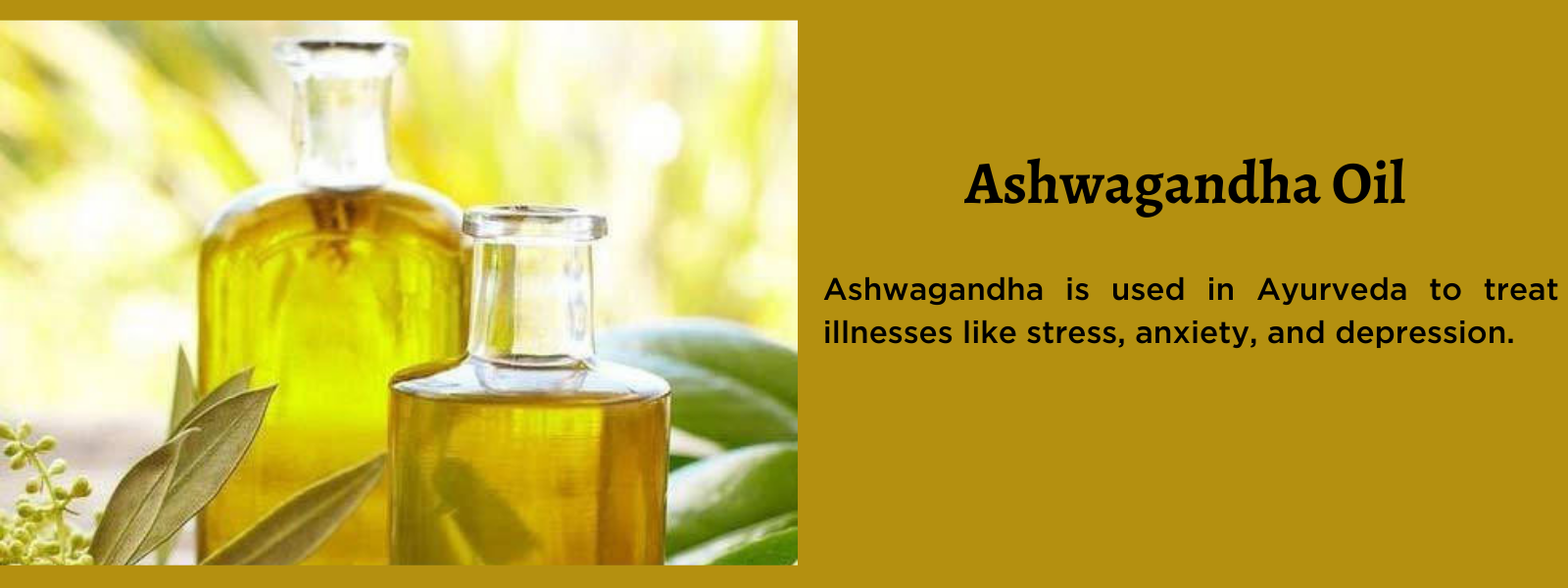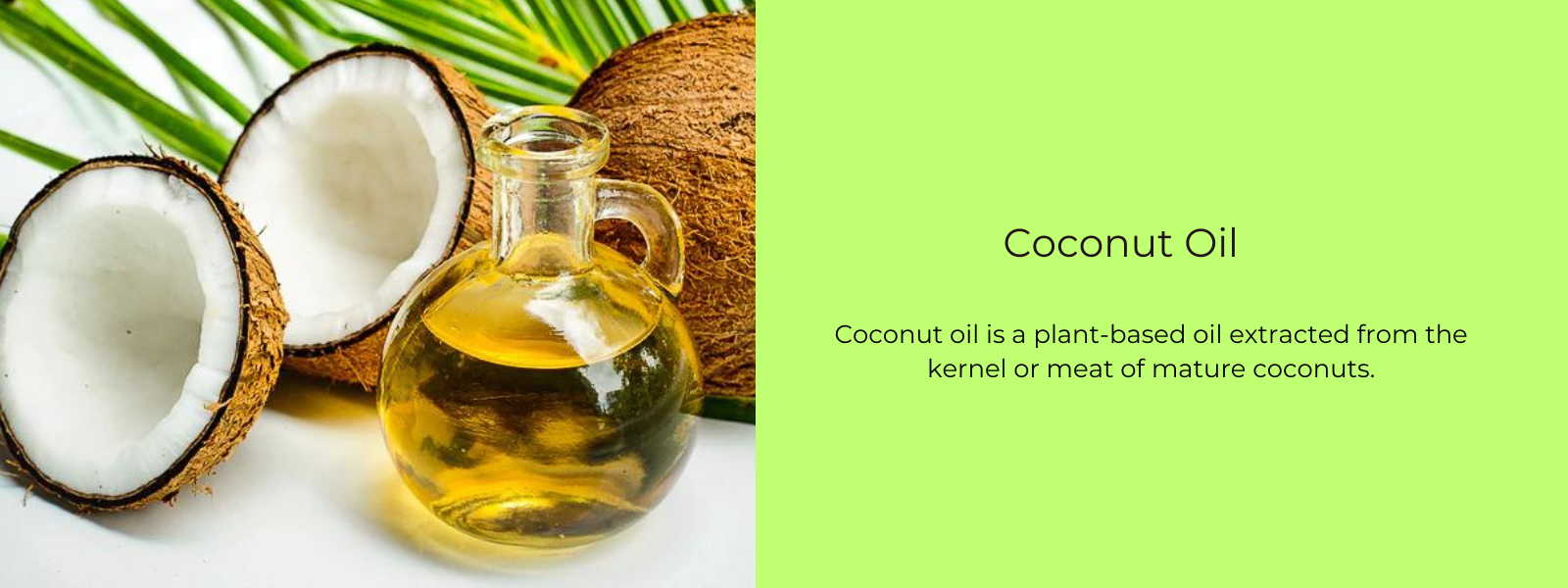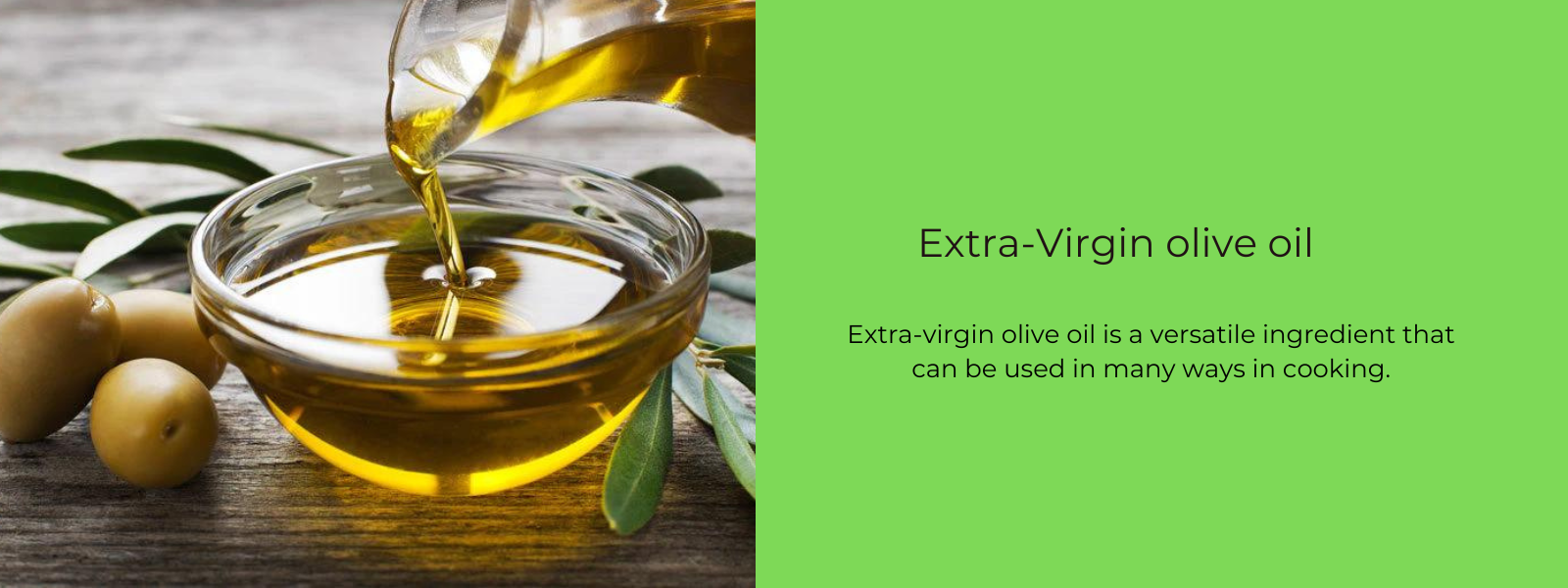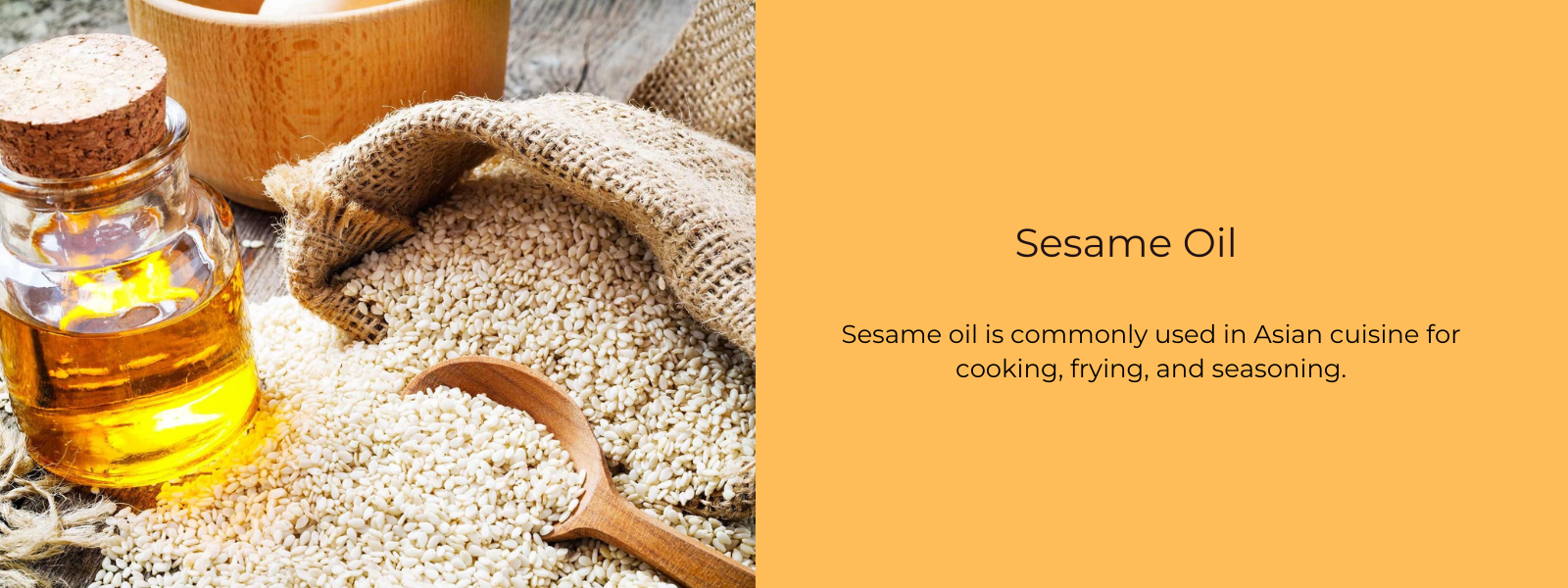Margarine is primarily composed of vegetable oils, such as soybean, canola, sunflower, or palm oil. These oils are often hydrogenated or partially hydrogenated to solidify them and create a spreadable texture. Other common ingredients include water, salt, emulsifiers (to stabilize the mixture), flavorings, and sometimes added vitamins.
Table of Contents
Types of Margarine Available
There are several types of margarine available on the market, each with its own characteristics and purposes. Here are some common types of margarine:
- Regular Margarine: Regular margarine is the standard type of margarine found in most grocery stores. It is typically made from a blend of vegetable oils, water, salt, and emulsifiers. Regular margarine is versatile and can be used for spreading, cooking, and baking.
- Light or Low-Fat Margarine: Light or low-fat margarine is a variation of regular margarine that contains a lower fat content. It is often formulated to have a reduced amount of calories and saturated fats. Light margarines may have a higher water content and a softer texture compared to regular margarine.
- Vegan Margarine: Vegan margarine is specifically formulated to be free of animal-derived ingredients. It is suitable for individuals following a vegan or plant-based diet. Vegan margarine is made using plant-based oils and often does not contain any dairy or animal products.
- Dairy-Free Margarine: Dairy-free margarine is designed for individuals who are lactose intolerant or have allergies to dairy products. It is made without any milk or dairy ingredients and is suitable as a butter substitute in recipes.
- Spreadable Margarine: Spreadable margarine has a soft and spreadable consistency, making it easier to spread on bread or toast straight out of the refrigerator. It often contains a higher water content compared to regular margarine, which allows it to be easily spreadable.
- Stick Margarine: Stick margarine comes in solid stick form, similar to butter. It is convenient for measuring and is often used in baking recipes that require precise measurements.
- Flavored Margarine: Some margarines are available in flavored varieties, such as garlic, herb, or citrus flavors. These flavored margarines add extra taste and aroma to dishes and can be used as spreads or for cooking.
- Cholesterol-Lowering Margarine: Cholesterol-lowering margarines are specially formulated with added plant sterols or stanols. These substances have been shown to help lower LDL (bad) cholesterol levels when consumed as part of a healthy diet.
It's important to note that the availability of specific types of margarine may vary by region and brand. When selecting a margarine, it's advisable to read the ingredient list, nutritional information, and consider personal dietary needs and preferences.
How to Use Margarine in Cooking
Margarine can be used as a substitute for butter in various cooking applications. Here are some tips on how to use margarine in cooking:
- Sautéing and Frying: Margarine can be used for sautéing vegetables, frying meats, or cooking other ingredients in a skillet or pan. Heat the margarine over medium-high heat until melted and hot. Add the ingredients and cook as desired, stirring occasionally. Margarine with a higher smoke point, such as those made from canola or soybean oil, is suitable for high-heat cooking methods.
- Baking: Margarine can be used in baking recipes as a substitute for butter. When using margarine in baking, keep in mind that it may have a higher water content compared to butter, which can affect the texture and moisture of the final baked goods. Follow the recipe instructions and consider any adjustments needed based on the specific margarine being used.
- Roasting: Margarine can be used to coat vegetables or meats before roasting them in the oven. Melt the margarine and toss the ingredients in it to ensure they are evenly coated. Place them on a baking sheet and roast in the oven as directed.
- Grilling: Margarine can be used to prevent sticking and add flavor when grilling. Before grilling vegetables, seafood, or other foods, brush the grill grates with melted margarine or spread some directly onto the food to prevent sticking and enhance the flavor.
- Sauce and Gravy: Margarine can be used as a base for sauces and gravies. Melt the margarine in a saucepan over medium heat, then add other ingredients such as flour, milk, broth, or seasonings to create a smooth and flavorful sauce or gravy.
- Topping: Melted margarine can be used as a topping for vegetables, rice, pasta, or popcorn. Drizzle it over the desired food and season with herbs, spices, or grated cheese for added flavor.
- Spreading: Margarine can be spread on bread, toast, bagels, or other baked goods, just like butter. It provides a creamy and spreadable texture and can be flavored with herbs, spices, or honey for a personalized taste.
When using margarine in cooking, it's important to consider the specific formulation and characteristics of the margarine being used. Some margarines may have a milder taste or higher water content compared to butter, which can affect the flavor and texture of the dishes. It's also important to adjust the quantities as needed and follow recipe instructions to achieve the desired results.
Nutritional Value of Margarine
The nutritional value of margarine can vary depending on the brand, formulation, and specific type of margarine. However, here is a general overview of the typical nutritional composition of margarine:
- Fat: Margarine is primarily composed of fats, which can vary depending on the specific vegetable oils used in its production. It is common for margarine to contain both saturated and unsaturated fats. The amount of fat can range from around 70% to 80% of the total weight of margarine.
- Calories: Margarine is relatively high in calories due to its fat content. On average, it provides around 100 to 120 calories per tablespoon.
- Saturated Fat: The saturated fat content of margarine can vary depending on the formulation. Regular margarine may contain around 2 to 4 grams of saturated fat per tablespoon, while some reduced-fat or light margarines may have even lower amounts. It's important to check the nutrition label to choose margarines with lower saturated fat content.
- Trans Fat: Many margarine manufacturers have reduced or eliminated the use of partially hydrogenated oils, which are a major source of trans fats. However, it's still important to check the ingredient list for any presence of trans fats, as small amounts may still be present. Choose margarines labeled as "trans fat-free" or those with minimal or no partially hydrogenated oils.
- Cholesterol: Margarine is typically cholesterol-free as it is made from plant-based oils. This makes it a suitable option for individuals looking to limit their cholesterol intake.
- Vitamins and Minerals: Some margarines are fortified with vitamins and minerals, such as vitamins A, D, or E, to provide additional nutritional benefits. The specific fortification can vary depending on the brand and formulation.
It's important to note that the nutritional profile of margarine can differ between brands and types, so it's recommended to read the nutrition label of the specific margarine you're using for accurate information on its nutritional value. Additionally, moderation is key when consuming margarine or any high-fat product, as excessive intake can contribute to an overall higher calorie and fat intake. Consulting with a healthcare professional or registered dietitian can provide personalized guidance based on individual health goals and dietary requirements.
Benefits of Eating Margarine Regularly
While margarine can be part of a balanced diet, it's important to note that the perceived benefits of eating margarine regularly have evolved over time. Here are some potential benefits that have been associated with consuming margarine:
- Lower Saturated Fat: Margarine typically contains lower levels of saturated fat compared to butter. High intake of saturated fat has been linked to an increased risk of heart disease, so choosing margarine with reduced saturated fat content can be beneficial in promoting heart health.
- Lower Cholesterol: As margarine is made from plant-based oils, it does not contain cholesterol. By substituting butter or other high-cholesterol spreads with margarine, individuals can reduce their dietary intake of cholesterol, which may be beneficial for those with high blood cholesterol levels or individuals aiming to maintain healthy cholesterol levels.
- Trans Fat Reduction: Trans fats, which were commonly found in partially hydrogenated oils used in the production of some margarines, have been associated with adverse health effects. However, many margarine manufacturers have reduced or eliminated trans fats from their products. Opting for trans fat-free margarine ensures you avoid the potential health risks associated with trans fats.
- Essential Fatty Acids: Some margarines are fortified with essential fatty acids, such as omega-3 and omega-6 fatty acids, which are beneficial for overall health. These fatty acids play a role in brain function, heart health, and inflammation management.
- Vitamin Fortification: Certain margarines are fortified with vitamins, such as vitamins A, D, or E, which can contribute to meeting dietary needs and maintaining overall nutritional balance.
- Dietary Preference and Restriction: For individuals following a vegan or lactose-free diet, margarine can serve as a suitable alternative to butter, providing a creamy and spreadable option.











Leave a comment